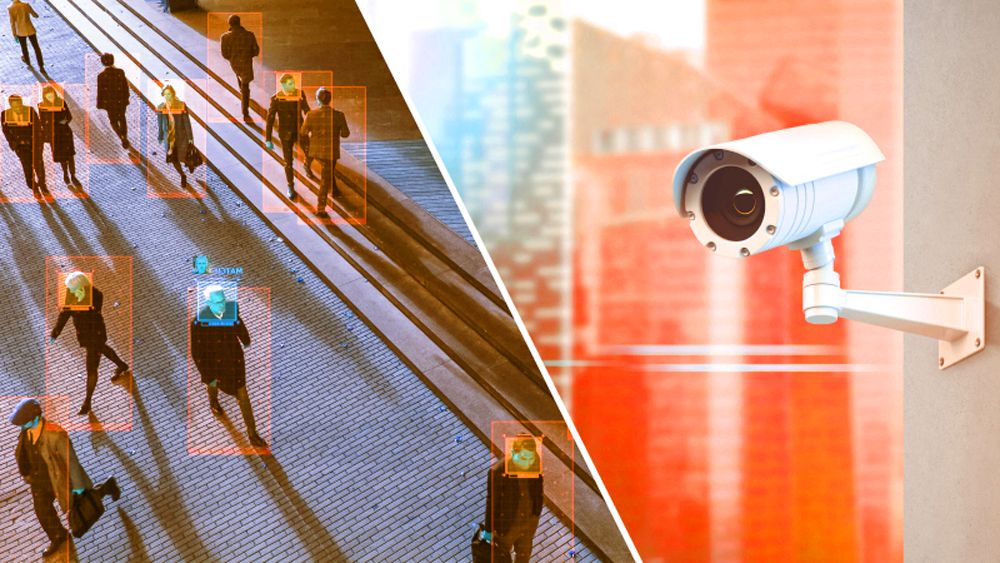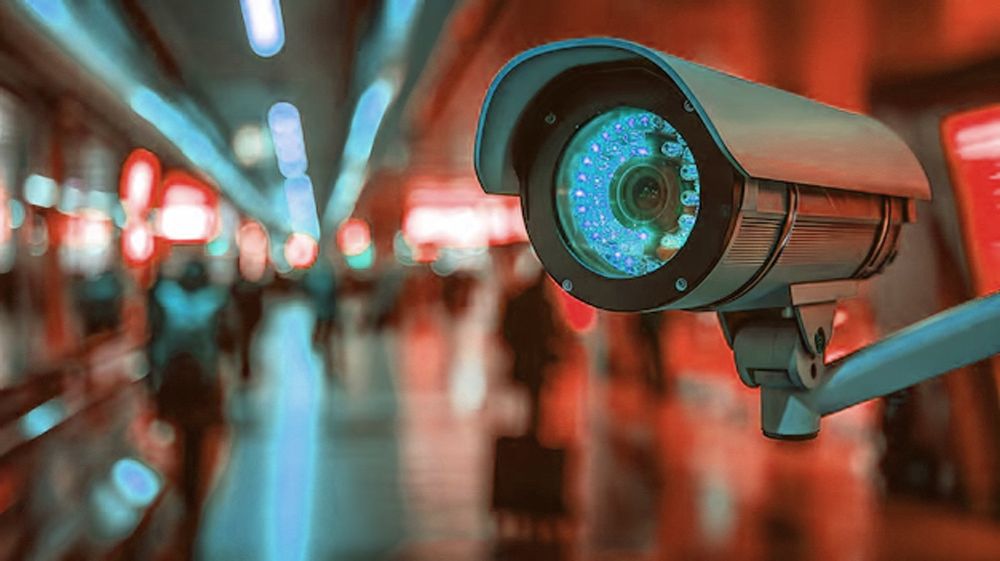In today’s tech-driven world, the rise of artificial intelligence (AI) has revolutionized many industries, including imaging and video technology. Among the most significant innovations are Camera AI and traditional cameras. While both types serve the basic purpose of capturing images and videos, the integration of AI into camera technology has introduced a host of advanced features that set them apart. So, what are the key differences between Camera AI and traditional cameras? And what advantages do Camera AI offer over conventional ones? In this article, we will explore these differences, highlight their benefits, and discuss which option might best suit your needs.
1. What Are Camera AI and Traditional Cameras?
Camera AI are cameras integrated with artificial intelligence algorithms and machine learning models. These cameras can not only capture images but also analyze and process them in real-time. Camera AI can recognize objects, optimize image quality, track movement, and perform various other intelligent tasks.
Traditional cameras, on the other hand, are basic devices that capture images and videos. These cameras rely on simple sensors and processors to record visual content but lack the ability to process or analyze data in the way that Camera AI can. They typically provide raw footage without automatic adjustments or in-depth analysis.
2. Key Technologies in Camera AI
Camera AI employs a range of advanced technologies, including:
- Face Recognition: Can detect and identify faces, which is especially useful for security systems, personalizing experiences, or even in healthcare for patient identification.
- Object and Behavior Analysis: Can detect various objects in a scene (e.g., people, vehicles, animals) and analyze their behavior. This makes them ideal for security, traffic monitoring, and even retail analytics.
- Automatic Image Optimization: These cameras adjust settings like brightness, contrast, sharpness, and color balance automatically based on the scene they are capturing. This leads to high-quality images, especially in challenging lighting conditions.
- Video Analytics: Can analyze video feeds in real-time, detecting patterns, trends, or unusual activities, and generating alerts when necessary.

3. Comparing Camera AI and Traditional Cameras
3.1. Processing and Analysis Capabilities
- Camera AI: One of the major differences is the ability to process and analyze images or video feeds in real time. Using machine learning algorithms, Camera AI can identify objects, track movements, and even predict potential actions. For example, in a security system, an AI-powered camera can differentiate between a person walking and a vehicle passing by, making it much more efficient at identifying potential threats.
- Traditional Cameras: Traditional cameras only record footage without any analysis or intelligence. They simply capture what is in the frame, and if you need to review or process the footage, it must be done manually or with the help of external software.
3.2. Image Quality and Optimization
- Camera AI: These devices excel in optimizing image quality. Camera AI can adjust settings like brightness, contrast, and sharpness on the fly. For example, in low-light environments, AI can automatically brighten an image without losing detail, something that traditional cameras struggle with.
- Traditional Cameras: While traditional cameras can capture high-resolution images, they often require manual adjustments to ensure the quality is optimal, especially in challenging lighting conditions. Without AI’s automatic adjustments, traditional cameras may deliver poor-quality images in low light or high-contrast scenes.
3.3. Applications and Features
- Camera AI: These cameras are highly versatile and are used in a wide range of applications, including security and surveillance, smart homes, e-commerce, and even healthcare. They can recognize faces in security settings, detect unusual behavior in public spaces, and offer personalized product recommendations in retail environments by analyzing customer behavior.
- Traditional Cameras: Traditional cameras are best suited for simple recording tasks. They are used for personal photography, basic video recording, or surveillance in environments where high-level analysis and object recognition are not required. These cameras are less flexible and offer fewer features beyond basic image capture.
3.4. Efficiency and Time-Saving
- Camera AI: Camera AI saves considerable time by automatically processing and analyzing footage in real-time. For example, in a surveillance system, Camera AI can automatically flag important events or suspicious activities, significantly reducing the time needed to review hours of footage manually.
- Traditional Cameras: With traditional cameras, footage must be reviewed manually to identify key events or anomalies, which can be time-consuming and inefficient. There is no automatic filtering or alerting system in place to highlight significant moments.
3.5. Cost
- Camera AI: Camera AI tends to be more expensive than traditional cameras due to the advanced technology they incorporate. The cost reflects the integrated AI features, such as real-time object detection, image optimization, and automated analysis, which provide enhanced performance and capabilities.
- Traditional Cameras: Traditional cameras are more affordable because they lack the sophisticated technologies that Camera AI use. They are primarily designed for simple imaging tasks and are cheaper as a result.

4. Advantages of Camera AI
4.1. Enhanced Security and Surveillance
Camera AI significantly improves the efficiency and effectiveness of security systems. With capabilities such as facial recognition and behavior analysis, these cameras can automatically detect unusual activity or potential threats. For example, if someone enters a restricted area, the camera can immediately send an alert to security personnel, who can respond quickly.
4.2. Better User Experience in Retail and E-Commerce
In retail, Camera AI can track customer behavior and analyze foot traffic patterns. For example, in stores, can recognize when a customer picks up a product and offer personalized recommendations based on their behavior. This level of personalization can greatly enhance the shopping experience and improve conversion rates.
4.3. Time and Cost Savings
Camera AI saves both time and money by automating many of the tasks that would otherwise require manual intervention. In security systems, can automatically alert personnel to potential risks, reducing the need for constant monitoring. In business environments, automated analytics can help companies make better decisions based on real-time data.
4.4. Data Analysis and Learning Capabilities
Camera AI can continuously learn from data, improving their object recognition and analysis capabilities over time. This self-learning ability allows Camera AI to get smarter as they capture more footage, providing increasingly accurate and efficient results.
5. Conclusion
When comparing Camera AI to traditional cameras, the differences are significant, particularly when it comes to processing power, image optimization, and advanced features. Camera AI excels in real-time analysis, object recognition, and automation, making them ideal for applications in security, retail, healthcare, and beyond. On the other hand, traditional cameras remain a cost-effective option for basic imaging needs and simple video recording.
If you are looking for a solution that can provide intelligent analysis, enhanced security, or optimize image quality in dynamic environments, is the way to go. While they come with a higher price tag, their added value in terms of functionality and efficiency often outweighs the cost. However, for those who only require basic image or video capture without the need for advanced features, traditional cameras remain a reliable and budget-friendly choice.
In the end, the decision between Camera AI and traditional cameras depends on the specific requirements of the user. For businesses or environments where intelligence, automation, and real-time analytics are essential, offers a clear advantage. But for everyday use or more straightforward applications, traditional cameras continue to serve as an effective and affordable option.
* Contact us:
- Email: dc@dcx.com.vn
- Phone: 0333361599
- Facebook: https://www.facebook.com/DCX.Tech.Solutions/
